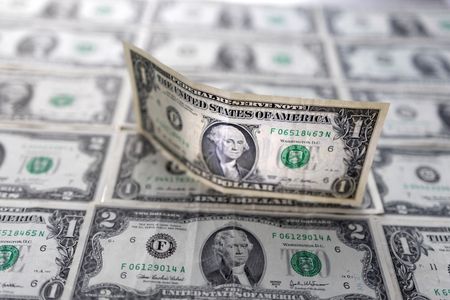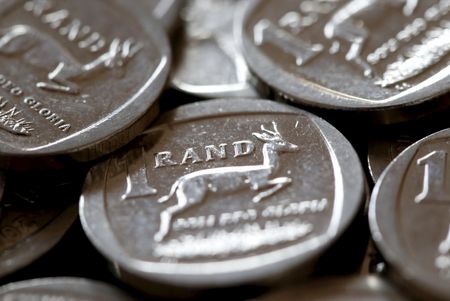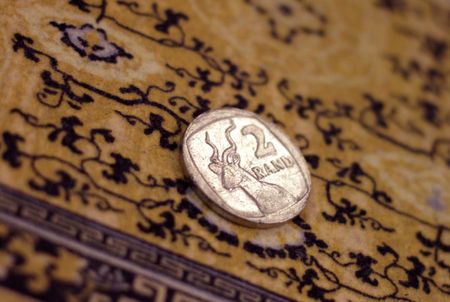By Gregor Stuart Hunter
SINGAPORE (Reuters) -The yen regained its footing against the U.S. dollar in Asian trading on Friday after Japan’s new finance minister said the government has been monitoring foreign exchange movements with a high sense of urgency.
The yen was last 0.1% firmer against the greenback at 154.01 yen per U.S. dollar, edging back from its weakest level in almost nine months, after government data on Friday showed core consumer prices in Tokyo rose 2.8% in October from a year earlier.
The warmed-than-expected reading indicated inflation remains above target in the Japanese capital, complicating the Bank of Japan’s path after it held interest rates steady on Thursday.
“We’re getting to a point where the yen weakness is becoming something of a focus for politicians,” said Sim Moh Siong, currency strategist at Bank of Singapore.
The yen has lost 4% against the greenback in the past month, its worst monthly performance since July. It is also near a record low against the euro.
The U.S. dollar held its ground in Asia on Friday after reaching a three-month high on Thursday, as traders processed mixed signals from this week’s central bank decisions, tech sector earnings and a tentative U.S.-China tariff truce.
The dollar index, which measures the greenback’s strength against a basket of six currencies, held steady at 99.469 after Wall Street stock market losses spooked global markets on Thursday.
“Risk aversion favours the dollar,” said Rodrigo Catril, currency strategist at National Australia Bank in Sydney.
“The Fed isn’t sure whether it will be cutting again,” he added. “And yen weakness coming from what the BOJ is doing isn’t helping.”
Japanese Finance Minister Satsuki Katayama said on Thursday she would not stand by remarks she made in March suggesting the yen’s real value is closer to 120-130 per dollar, citing her current position as minister overseeing currency policy.
Traders have scaled back bets the Federal Reserve will cut rates again at its next policy meeting on December 10. Fed funds futures imply a 74.7% probability of a 25-basis-point cut then compared with a 91.1% chance a week ago, according to the CME Group’s FedWatch tool.
The yield on the U.S. 10-year Treasury bond was around a three-week high of 4.0989%, up 0.59 basis point compared with a previous close of 4.093%.
The euro was 0.1% firmer at $1.1572 after the European Central Bank kept interest rates unchanged at 2% for the third meeting in a row on Thursday and repeated that policy was in a “good place” as economic risks recede.
Against the offshore Chinese yuan, the U.S. dollar was steady at 7.111 yuan despite data showing China’s factory activity shrank for a seventh month in October, missing forecasts.
Sterling was unchanged at $1.31555 as political pressures grew surrounding British Finance Minister Rachel Reeves.
The Australian dollar was down 0.1% at $0.65495, while the kiwi dollar was 0.2% lower at $0.57325.
(Reporting by Gregor Stuart Hunter; Editing by Cynthia Osterman and Kim Coghill)











